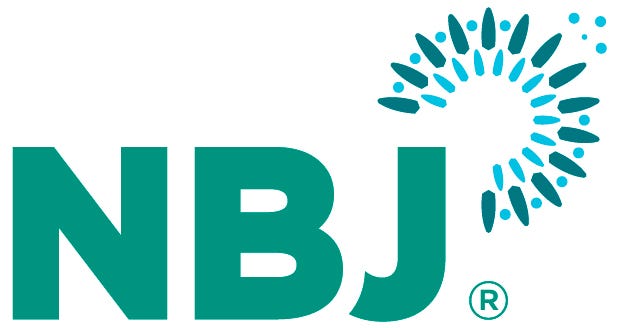
Over the past year, women’s health has blossomed from an emerging category celebrating newfound freedom to talk openly about once-taboo subjects like menopause into a mature market offering any number of solutions to address women’s unique needs. Money is flowing into the space, the inevitable femwashing is ramping up and some (also inevitable) backlash is, too.
First, let’s follow the money. In September, first lady Jill Biden announced the White House Initiative on Women’s Health Research, a $500 million fund “to fundamentally change how our nation approaches and funds women’s health research.” The initiative aims to close the gaps in medical research on diseases and conditions that affect only women, such as menopause and endometriosis, disproportionately affect women—Alzheimer’s—and affect women and men differently, as heart disease does.
In October, Melinda French Gates—saying that “women’s health has been underfunded, overlooked and misunderstood”—unveiled Action for Women’s Health, a $250 million fund through her organization Pivotal Ventures that will address health inequities between men and women. “There’s so much we don’t know about women’s mental and physical health,” Gates states, “but the data we do have shows that women are being neglected.”

Cassie Smith, senior editorial content director, SupplySide, moderated the SupplySide West education session on women’s health on Oct. 29. The panelists, from left, were Abbie Smith-Ryan, professor, University of North Carolina at Chapel Hill; Karin Hermoni, owner, Imagine Health; Devon Gholam, VP of science and innovation, Step Change Innovations; Stephanie-Anne Girard, director of scientific affairs, SGS Nutrasource; and Amanda Rao, founder and director, RDC Global. Credit: Bryan Beasley Photography
Closer to home, nutraceuticals ingredient research and development company Cepham announced a plan to increase funding for women’s health initiatives, including more inclusive research designs and support for Women in Nutraceuticals. Cepham announced its initiative just before SupplySide West, where it promoted Fuocyst, a fenugreek seed extract developed to reduce ovarian cysts, and SheVari4, an Ayurvedic hormonal balancer formulated to address menopausal symptoms, including focus and mood.
Anand Swaroop, Cepham’s founder and president, says the 15 to 20 years it takes for research discoveries to be adopted into clinical practice is a significant barrier to implementing new findings in women’s health. “By closing these research gender gaps, we can ensure that women’s health issues receive the attention and resources needed for better health outcomes.” Cepham was one of six companies included in two Women’s Wellness Walks designed to help attendees navigate the sea of women’s health ingredients being promoted at SupplySide West. The others were Waleria Healthtech, an India-based ingredient supplier that debuted its full-spectrum shatavari extract AspurusTCI; AIDP, which was promoting gingerol extract Ginfort for menstrual discomfort and damiana extract Liboost for sexual health; Radicle Science, which emphasized the importance of including women in clinical studies; and IFF Health Sciences, which emphasized probiotic research relevant to women’s health.

Cepham founder Anand Swaroop addresses participants on the Women's Wellness Walk during SupplySide West.
If SupplySide West is any indication, women’s health is hot, hot, hot—only GLP-1 was more hyped. Several educational sessions focused on women’s health, and it was one of three categories featured in the annual “Ingredient Idol” competition (Waleria’s Aspurus won). But as happens when a category catches fire as this one has a bit more sleuthing was required to determine which ingredients are truly addressing female conditions and which are being repackaged and remarketed to get in the game.
Reflecting the greater cultural conversation of the moment, pushback against this evolution was also evident, though not prevalent, at SupplySide. A handful of companies made a point of promoting products for men’s health with disclaimers that their emphasis on women’s health doesn’t mean they’ve forgotten men, and at least one attendee asked pointed questions about the need for women-centered research.
This is far from a problem; such protests only confirm the movement’s strength. Women’s health has become too significant to ignore. No longer just a trend, it’s a transformation that’s here to stay.
About the Author
You May Also Like






